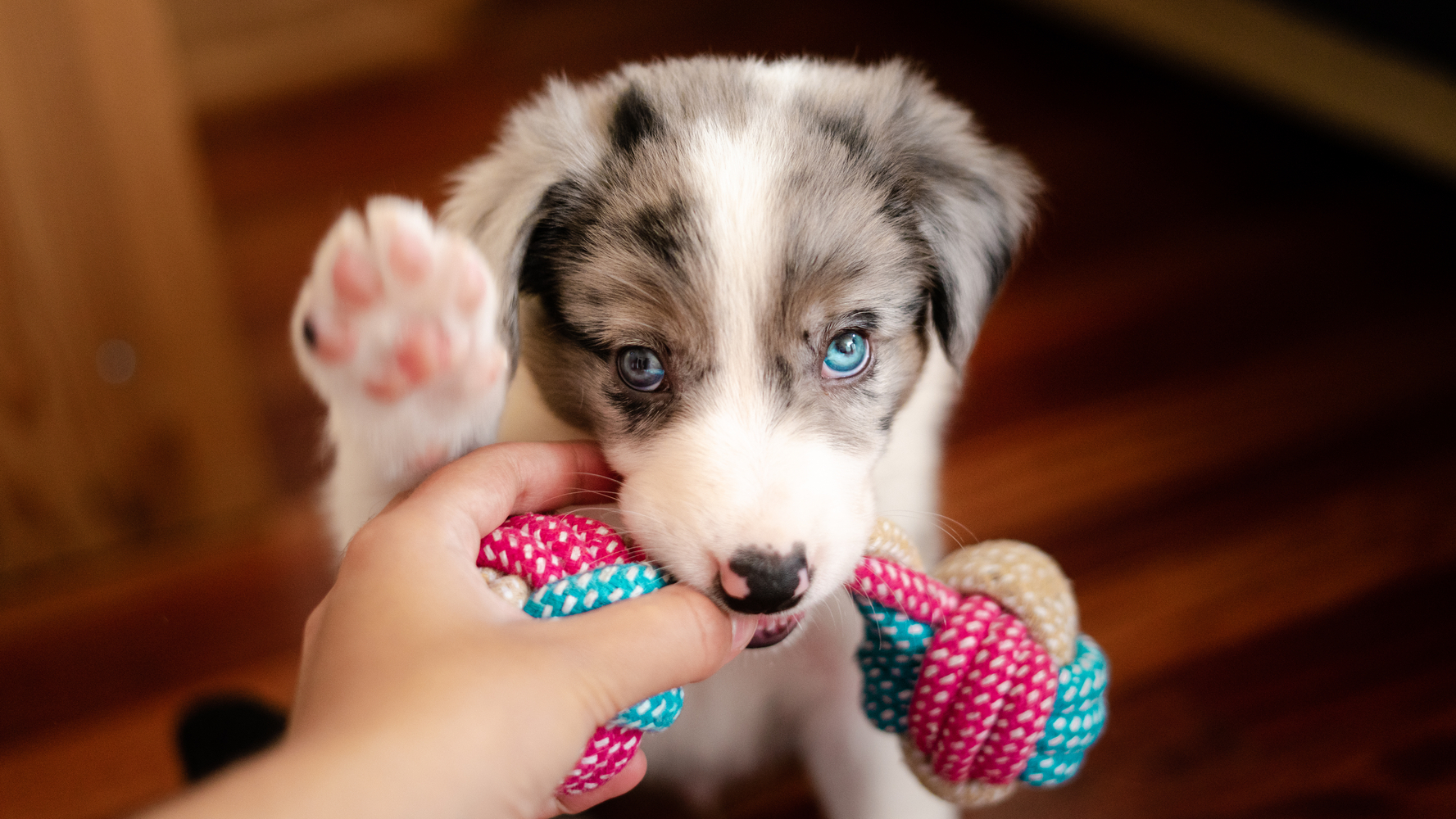
Common Behaviors Dogs Use to Communicate
Dogs are incredibly intelligent animals that can use a variety of behaviors to communicate with humans and other creatures. A dog’s ability to understand its environment and those around it is one of the reasons why they make such great companion animals. They use verbal and physical cues to express their needs, feelings, and emotions. Whether your dog is a family pet or a service dog that has an emotional support animal (ESA) online certification, it’s important to understand their communication. The following are common behaviors dogs use to communicate:
1. Growling and barking
One of the most common ways dogs communicate is through barking or growling. Barking alerts people or other animals of potential danger, shows excitement and indicates they want something. Growling can be used to express fear or aggression, but can be a way for dogs to explore their environment and stay safe.
2. Chewing personal items
Have you ever come home to find your favorite shoes chewed up or a beloved book in tatters? It may be your dog is trying to communicate his displeasure with something. Maybe it’s because they are bored, suffering from separation anxiety, not giving your pooch enough love and attention, or even playing favorites with another pet in the house. When a dog chews and rips things up, it can tell you a lot about your pup’s mental state.
3. Howling
Dogs howl when trying to get attention from other canines or humans. This behavior is often seen in dogs who feel lonely and want companionship, as dogs are naturally pack animals. You can hear howling when dogs express sadness, fear, or frustration.
4. Tilting their heads
Your dog might tilt their head when they hear an unfamiliar sound or are trying to make sense of a command. Their muzzles may hinder their perception, and they use their heads to gain a better view. Head tilting is also used to show curiosity and is a sign of trust. Sometimes dogs need to study your facial expressions in order to understand your emotions.
5. Chasing their tails
This common behavior could indicate boredom or a search for attention. A dog chasing his or her tail can be a sign of anxiety, but it’s important to note that some dogs just do this out of habit or fun. Puppies chase their tails to expel energy and explore their environment. In addition, this could also mean mental illness. According to VCA Animal Hospital, dogs, like some people, can develop obsessive-compulsive disorder (OCD), but the disorder may manifest as tail chasing instead of hand washing or triple checking the stove is off or the door is locked. If this behavior persists, you should take your pup to the vet for a checkup
6. Eating grass
It is a known fact that dogs are habitual grazers and will eat grass from time to time. They could be using grass as a source of roughage. This behavior is usually not a sign of distress but could be a way for them to expel energy and get rid of any stomach upset or nausea they may have. While eating grass is perfectly normal, it’s important to note if your pup regularly eats non-edible objects like a toy or random items off the floor, as these could cause choking or digestive injuries.
7. Puppy dog eyes
Puppy dog eyes are one of the dogs’ most common behaviors in communicating with their owners. This behavior shows love, loyalty, and affection towards their owners. It’s a sign that your pup trusts you and wants to be around you as much as possible. It can also be used to entice you to share your food—and this common nonverbal communication works most of the time.
8. Exposing their bellies
When your pup flips over and shows you its belly, it’s a sign of trust. It is a submissive gesture that shows they are willing to accept any affection you give. This is in terms of rubbing their tummies and scratching behind their ears. This behavior can also be a sign of submission when your pup is playing with another animal or person.
Dogs offer us unconditional love and friendship, so it is important to take the time to learn their language and understand their behaviors. You can build a bond with them that will last a lifetime by being attuned to your pup’s needs. If your dog does suffer from behavior associated with boredom or separation anxiety, enlist the aid of a pet babysitter near you to take them for walks and schedule playtime if you are away from home for long periods. With the help of a pet babysitter, you can have someone come out and provide quality care for your pup while you are absent. This way, your dog can stay active, happy, and healthy while you are away. You can guarantee a lifetime of love and companionship with your furry friend with the right care.


